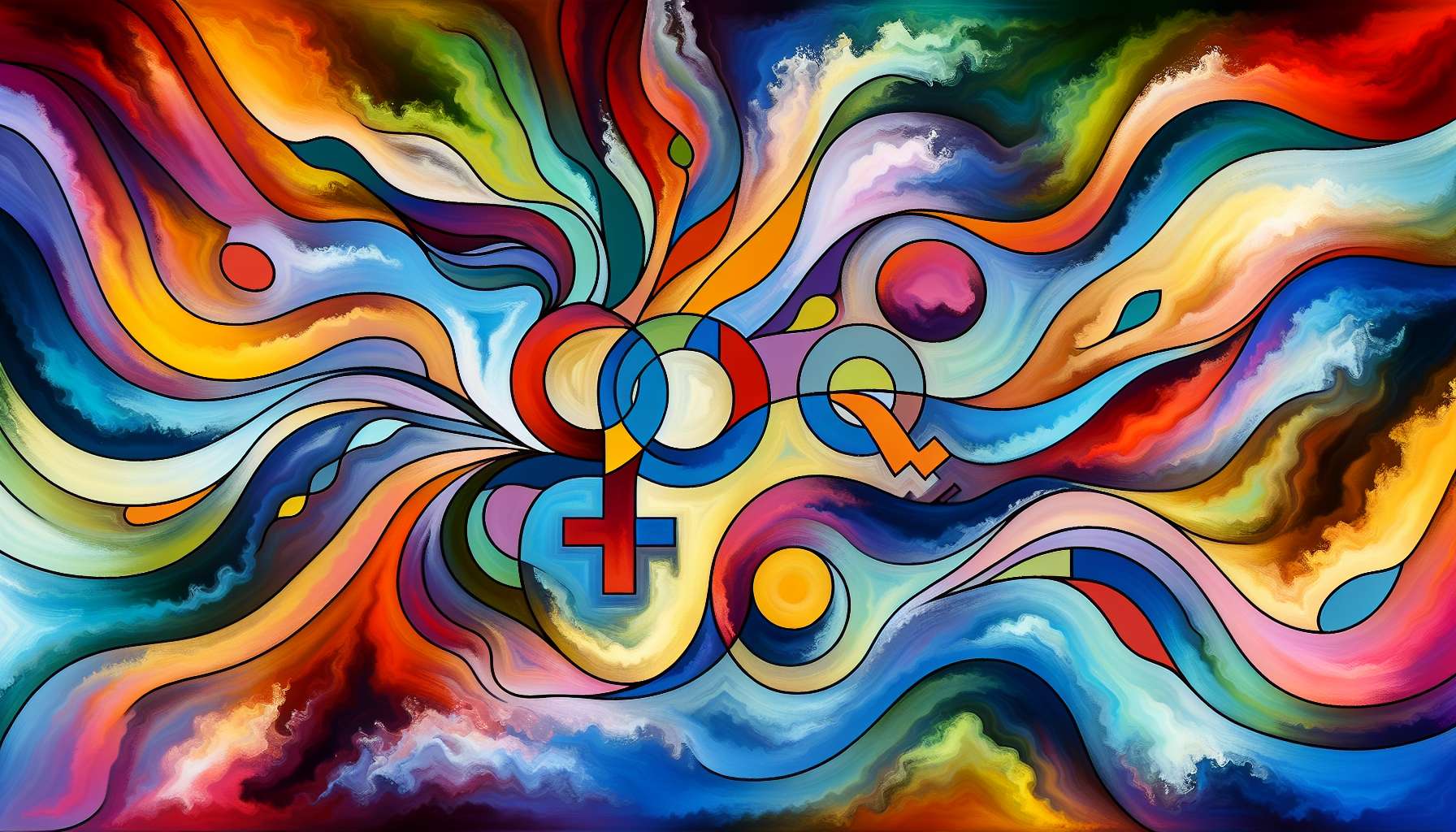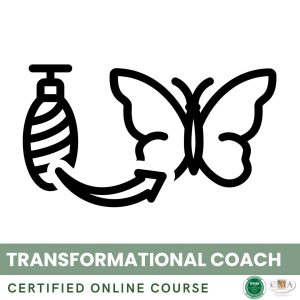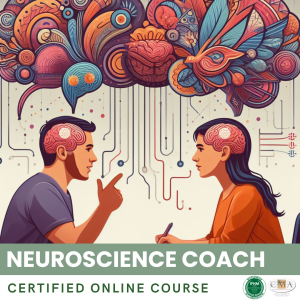Intersex individuals represent an often overlooked and invisible part of the population. Intersex variation encompasses a range of sexual characteristics (chromosomes, gonads, hormones, genital organs) that do not match typical definitions of male or female. According to estimates, between 1.7% and 4% of individuals exhibit intersex traits, which is as many as the red-haired population!
However, the existence of intersex people remains widely ignored or stigmatized. From birth, when a baby exhibits atypical genital organs, there is tremendous pressure to assign him or her a male or female sex, often through invasive and irreversible surgical operations. These genital mutilations are carried out without the consent of the individuals involved, under the pretext of “normalizing” them and sparing them the pain of difference. In reality, they cause deep physical and psychological trauma.
Thanks to the fight of intersex activists, these practices are beginning to be denounced as human rights violations. In 2013, the UN called for an end to these practices and respect for the bodily integrity of intersex children. Countries like Malta or Portugal have banned non-consensual operations. Organizations like the OII (Organization Intersex International) are advocating for the depathologization of intersex variation and the free self-determination of the individuals involved.
Being intersex is neither a disease nor an anomaly to be corrected. It’s a natural variation of development that reflects the diversity of bodies and identities. Some intersex people identify as men or women, others as non-binary or gender fluid. Some undergo medical transitions, others do not. There is not one, but multiple ways to live intersexuality.
Despite progress, intersex people still face many challenges. Ignorance and prejudices are still widespread, even among healthcare professionals. Access to reliable information and appropriate support is crucial. Initiatives like the film “XXY” (2007) or the book “Herculine Barbin known as Alexina B.” (1978) are contributing to breaking the silence and making intersex experiences visible.
As an LGBTQ+ coach, it is essential to get trained on these issues to better welcome and guide intersex people. This involves deconstructing binary sexes, respecting everyone’s self-determination, and not reducing identity to anatomy. It also means knowing existing resources, like the Intersex and Allies Collective in France, which offers awareness and peer support. The goal is to enable every intersex individual to develop a positive relationship with their body and identity, respecting their freedom and dignity.
Key Takeaways:
– Intersex variation refers to variations in sexual characteristics that do not match typical definitions of male or female. It affects between 1.7% and 4% of the population.
– Intersex individuals often undergo invasive and non-consensual surgical operations from birth, under the pretext of “normalization.” These genital mutilations cause deep trauma.
– Thanks to intersex activists, these practices are starting to be denounced as human rights violations. The UN has called for an end, and countries like Malta or Portugal have banned them.
– Being intersex is a natural variation, not a disease. There are multiple ways to live intersexuality, in terms of gender identity and medical transition.
– Despite progress, ignorance and prejudices remain. Access to information and appropriate support is crucial.
– As an LGBTQ+ coach, it is essential to get trained on these issues, to deconstruct the binary sexes, to respect self-determination, and to guide towards existing resources such as the Intersex and Allies Collective in France.
👉 To download docx (Editable) file click here : Click here
👉 To download PDF file click here : Click here
👉 To download MP3 file click here : Click here







